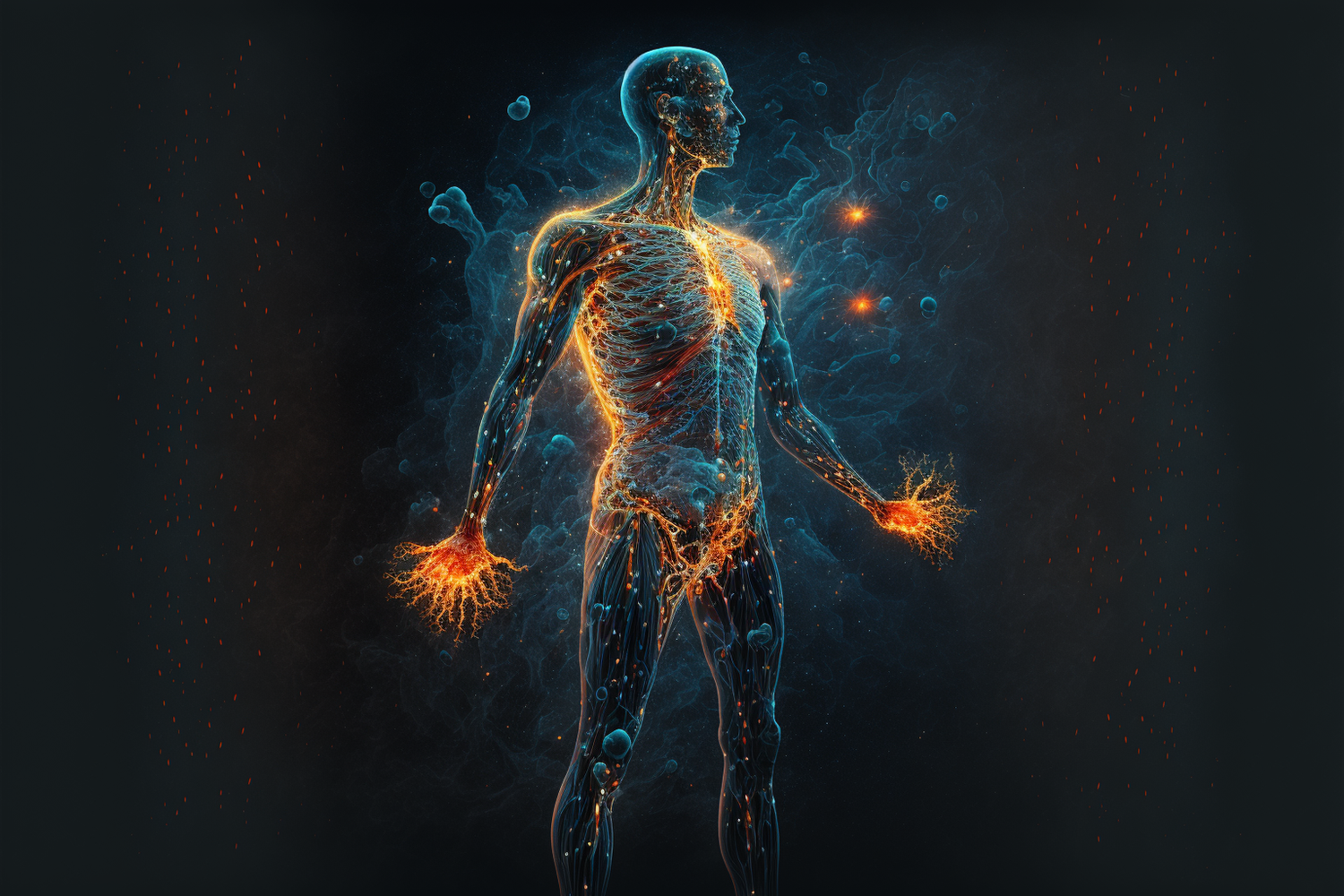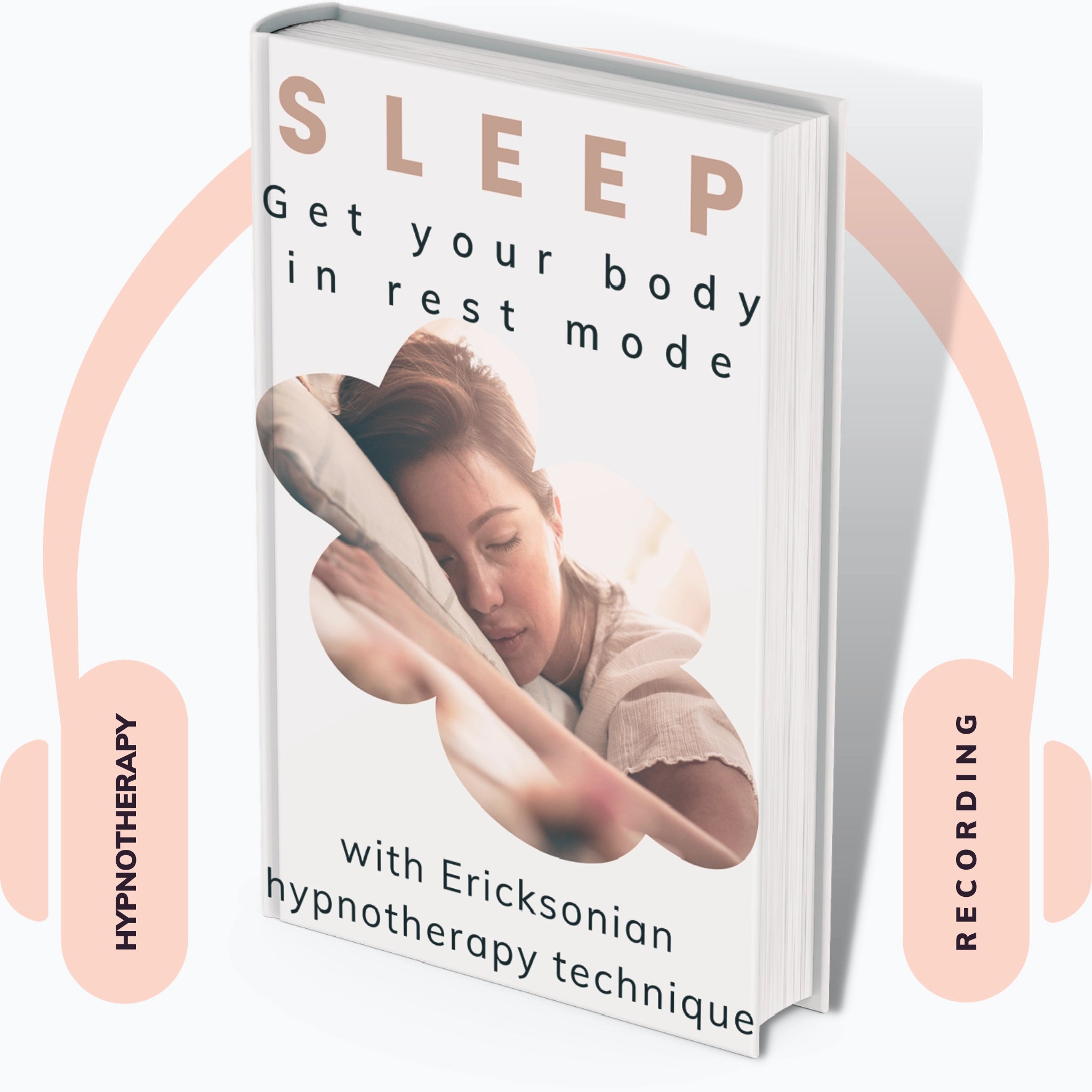Emotions are a chemical discharge of the nervous system
The psychosomatic approach in psychotherapy refers to the relationship between the mind (psyche) and the body Body (soma).
The mind allows us to be conscious of our experiences, think, and feel, while the body is where reality settles in. Here is where outside influences and our inner experiences are acknowledged.
Emotions are a chemical discharge of the nervous system. Through them, the mind communicates with the body. They influence - and are controlled by - the organs and the immune system. When emotions are repressed, the body is unarmed in the face of the physical trauma of varying intensities.
When the mind is emotionally overwhelmed and can no longer cope psychically, the body produces physical symptoms or diseases directly or indirectly.
Some physical affections of emotional causes are:
- Gastro-intestinal diseases,
- Obesity,
- Skin conditions,
- Heart conditions,
- Respiratory disorders,
- Muscular disorders,
- Headaches,
- Autoimmune diseases,
- Hormonal imbalance,
- Sexual disorders,
- Gynecological/urological disorders,
- Stress effects,
- Anorexia and Bulimia.
It’s often the case that the mind-body relationship is no longer well defined, thus losing connection to one or the other

- Typical reactions to everyday stressful situations: heart palpitations, shaking, voice modulations, pale or red skin, etc.
- Psychosomatic disorders (clinical conditions that are more intense, beyond natural, and where no organic substrate is found): migraines, tachycardia, diarrhea, sexual disorders, itchy skin, persistent sneezing, pharyngeal cough cascades.
- Pathological disorders in which medicine collaborates with psychotherapy to regulate the manifestations of the disease: ulcers, asthma, skin diseases, autoimmune diseases, diseases of the endocrine system, hypertension, and sexual and gynecological disorders.
My voice broke entirely, and I felt suffocated.
Professionally, I had refused the right to say “no” or “I don’t want to.” I thought they meant I was lazy or incompetent. I had repressed my reactions so deep within myself that I developed an increasingly shrill hoarseness. Working there was terrible, but I continued until my voice broke entirely one day, and I felt suffocated. I ended up in the E.R., where I found a nodule on my vocal cords. That was a turning point for me, and, looking back, I’m thankful that my body managed to express what I had denied for a very long time. That is how I began to live genuinely.
I, 32











Leave a comment
All comments are moderated before being published.
This site is protected by hCaptcha and the hCaptcha Privacy Policy and Terms of Service apply.